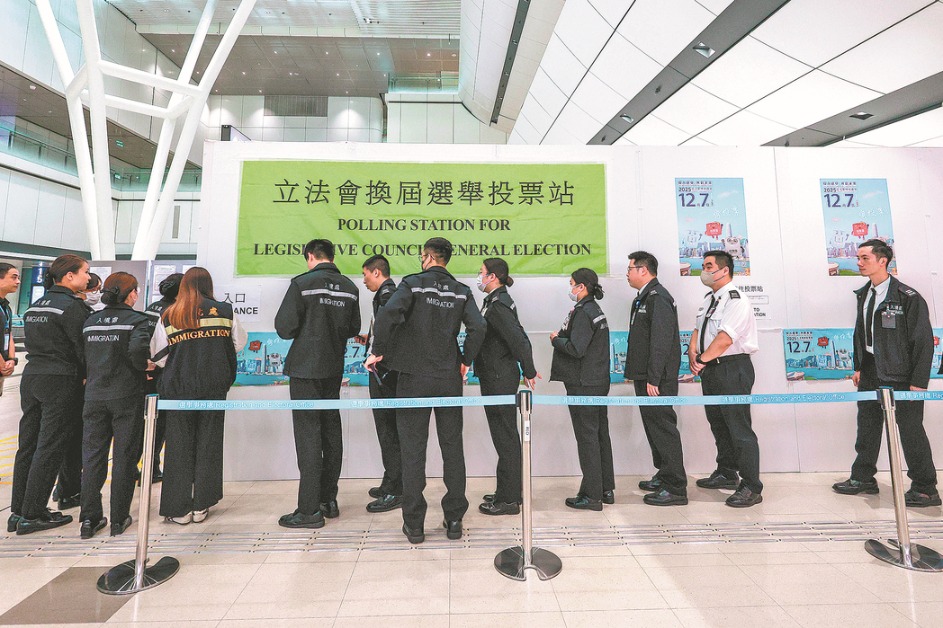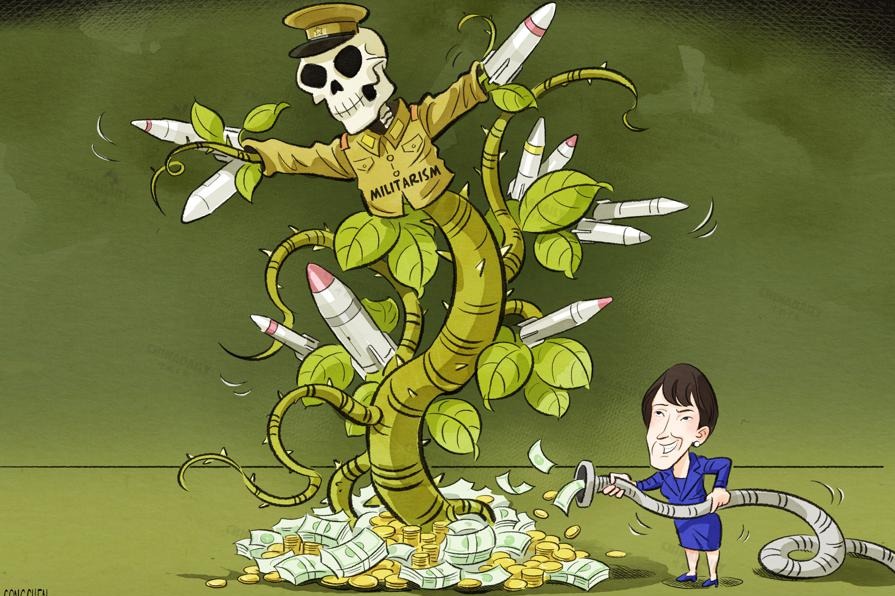Hubei promotes cultural heritage with media tour
By Bi Nan | chinadaily.com.cn | Updated: 2017-09-23 11:12
 |
| A pottery pot showcased at Hubei Provincial Arts and Crafts Institute in Wuhan city, Hubei province on Sept 22, 2017. [Photo provided to chinadaily.com.cn] |
As the cradle of ancient Chu culture and a place with profound cultural connotations, Hubei province endeavors to protect its intangible cultural heritage.
A large-scale cultural event was launched Friday, with national media in attendance, to conduct a tour around Hubei.
The assembled media will go to Wuhan, Xiaogan, Suizhou, Xiangyang, Yichang and Xiantao to explore local heritage sites in the next few days, and observe achievements made in ICH protection since the 18th National Congress of the Communist Party of China in November of 2012.
Intangible cultural heritage, or living cultural heritage, is defined by UNESCO as "the practices, representations, expressions, knowledge [and] skills…that communities, groups and, in some cases, individuals recognize as part of their cultural heritage."
On the first day of the tour, the group went to see several heritage sites in Wuhan city and talked to representative inheritors there, receiving comprehensive knowledge of local items.
The event is hosted by the Ministry of Culture and the State Internet Information Office. Hubei province is the first provincial capital in China to enact a local statute on ICH since the release of a regulation on ICH protection in Wuhan in August of 2016.
Hubei now has 57 national-level representative inheritors, 571 provincial-level, 1,976 city-level and 5,193 county-level. The whole province has more than 260 intangible cultural heritage bases, and over 250 ICH exhibition halls and galleries.
The province is now collaborating with local colleges to explore better ways to protect and pass down cultural traditions. At present, ICH research centers have been set up in 22 universities and research institutes around Hubei.
























